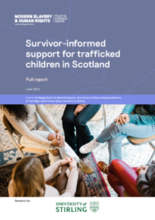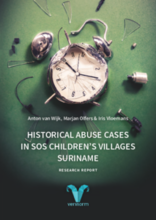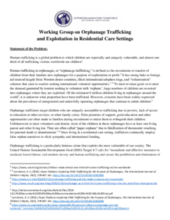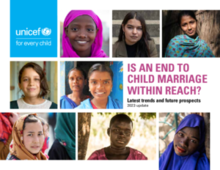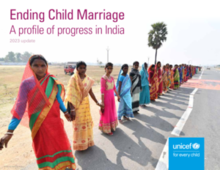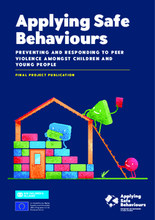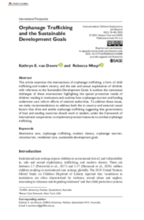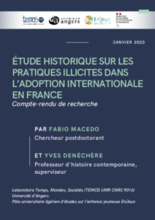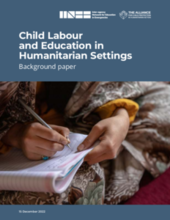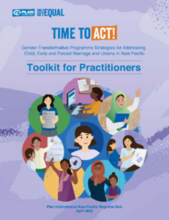Displaying 11 - 20 of 337
The aim of this study was to fill a gap in knowledge in relation to what constitutes recovery and effective support over a longer time frame for separated children and young people who have experienced trafficking in Scotland. The study illuminates processes that have not been previously explored with this group of children and young people in Scotland.
This report comprises of research into cases of historical sexual abuse that took place in the SOS Children’s Village in Suriname. This research covers roughly the period from the early seventies to 2006. The research took place partly in the Netherlands and partly in Suriname.
This statement was released by the Working Group on Orphanage Trafficking and Exploitation -- a global coalition of Members of Parliament, government leaders, survivor leaders, and key stakeholders committed to combatting orphanage trafficking and the exploitation through raising awareness and identifying, creating, and implementing tools that curb the demand for orphanage trafficking and stop the exploitation of children in residential care settings, including orphanages. The Working group aims to raise awareness and combat orphanage trafficking at the policy level globally.
The practice of child marriage has continued to decline globally. Today, one in five young women aged 20 to 24 years were married as children versus nearly one in four 10 years ago.
India has made remarkable progress toward ending child marriage according to this new UNICEF report, though this country remains home to the largest number of child brides worldwide. Despite advancements on many fronts, the rate of decline is not sufficient to reach the target of eliminating the practice by 2030, as set out in the Sustainable Development Goals.
In the project “Applying Safe Behaviours”, SOS Children’s Villages is working to enable children, young people and professionals to prevent and appropriately respond to peer violence amongst children and young people in alternative care an
This article examines the intersections of orphanage trafficking, a form of child trafficking and modern slavery, and the sale and sexual exploitation of children with reference to the Sustainable Development Goals. It outlines the contextual challenges of these intersections highlighting the special protection needs of children residing in institutions and outlines how orphanage tourism and funding undermine care reform efforts of national authorities.
This study examines international adoptions by French people in more than twenty countries from 1979 to 2021. Researchers analyzed thousands of diplomatic files from the French Ministry of Foreign Affairs on the subject and found reports of various illicit practices in the process of adopting children.
This paper attempts to highlight some of the key issues regarding child labour and education in emergencies.
This toolkit developed by Plan International Asia-Pacific Regional Hub serves as a practical compendium of programming guidance for practitioners, and contributes to accelerating efforts to end child, early and forced marriage and unions (CEFMU) by 2030, in line with the Sustainable Development Goals (SDGs).

